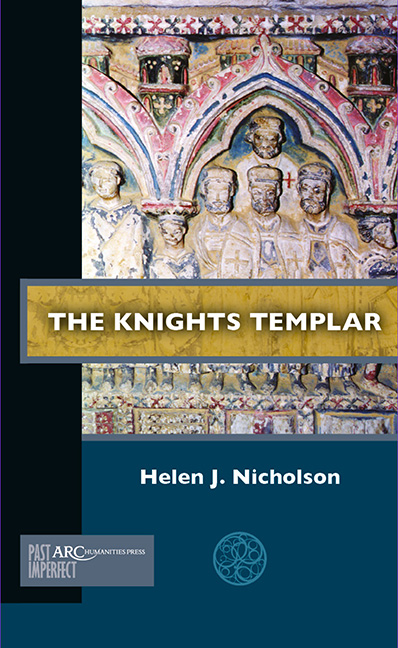Chapter 7 - Conclusion
Published online by Cambridge University Press: 18 June 2021
Summary
Pope Clement V dissolved the Order of the Temple, but there were still former Templars living throughout Europe and in Cyprus, and some were still prisoners of the Mamluks. Ex-Templars lived long: in 1350 there was at least one Templar alive in Roussillon in Catalonia but, as many Templars had dropped out of the records, there may have been more survivors elsewhere in Europe.
Views of the Templars’ downfall remained mixed. As one French commentator wrote in around 1316, everyone had different opinions and there was great debate. Anyone who believed that the pope or the king of France would not have acted unjustly had to believe that the trial had been justified, because to disbelieve the pope was a form of heresy; but others condemned the trial nevertheless. Controversy continued: late in the fourteenth century the St. Albans’ chronicler Thomas of Walsingham followed two earlier English commen-tators, Adam Murimuth and Geoffrey le Baker, stating that the king of France attacked the Templars to get their property. But the so-called Sherborne missal, produced around 1399–1407, stated that the Templars were destroyed because of their idolatry.
The Templars were not forgotten. Obviously, their families and supporters would have remembered them. Templar properties continued to be called “the Temple” long after they had passed to the Hospital of St. John, and even a few Hospitaller properties acquired the suffix: such as Temple Grafton in Warwickshire, which had never belonged to the Templars. In other locations the suffix “Temple” had no connection to a military-religious order, but myths of Templar connections grew up to explain the name. The Templars continued to appear in fictional literature across Latin Christendom, almost invariably as good Christians, holy men, dedicated to serving God and helping Christians. The Templars’ heroic reputation as knights of Christ and their tragic and much-debated end made them an obvious subject for fiction, especially when there were no more living Templars to object.
- Type
- Chapter
- Information
- The Knights Templar , pp. 83 - 90Publisher: Amsterdam University PressPrint publication year: 2021

